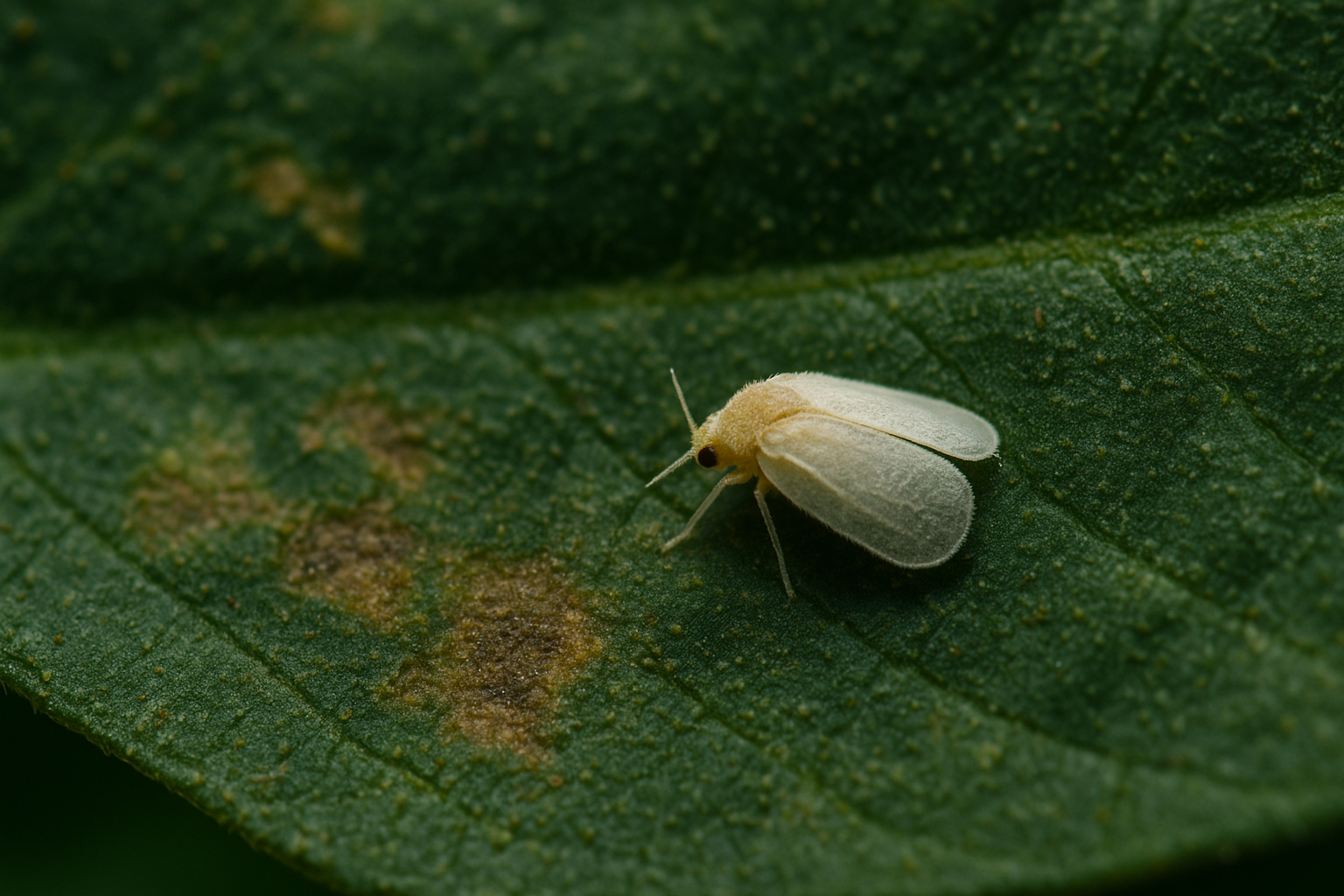Maximizing strawberry greenhouse yields with precision agriculture
Strawberries are one of the most popular and profitable greenhouse crops, but unlocking high yields requires precise management of environmental factors like temperature, light, humidity, and soil conditions. In this blog post, we’ll explore research-backed strategies to increase strawberry yields, showing how technology can make precision agriculture accessible and effective.
Choosing the right cultivar: June-bearing vs. Everbearing:
The cultivar you choose sets the stage for your greenhouse’s potential:
- June-Bearing Strawberries: Varieties like ‘Sonsation’ and ‘Opera’ deliver a single, large crop in early summer, ideal for high-volume harvests. They require careful light and temperature management to support flower bud formation for the next season.
- Everbearing Strawberries: Cultivars such as ‘Lady Emma’ and ‘Hademar’ produce multiple crops throughout the season. They’re less sensitive to day length but need consistent nutrient and humidity control to maintain fruit quality. Well-managed everbearing varieties can yield 12–15 kg/m² annually, making them perfect for continuous production.
Selecting the right cultivar for your greenhouse depends on your market goals and climate.
Key environmental factors for high yields:
Research highlights that precise control of temperature, light, humidity, and nutrients is critical for maximizing strawberry production. Here’s how to optimize each factor, with practical tips and technology-driven solutions.
- Temperature: Balancing growth and fruit quality. Strawberries are sensitive to temperature shifts, and each growth stage—from leaf development to fruit ripening—has its own ideal range. Managing these stages with care improves yield, fruit quality, and reduces the risk of issues like misshapen berries or delayed flowering.During the vegetative stage, warmer days around 18–24°C and cooler nights (10–13°C) encourage healthy leaf and crown development. As plants move into flowering and pollination, slightly cooler days (16–20°C) help flowers form properly and maintain pollen viability.The fruit set phase benefits from even cooler temperatures—around 15–20°C during the day and 8–12°C at night—which support uniform berry development. If temperatures rise too much during this phase, fruits can become misshapen or poorly sized.Finally, during ripening, moderate warmth (18–22°C) allows sugars to build and improves berry flavor and color. Too much heat at this stage can soften fruit prematurely and reduce shelf life.Using climate sensors to track and adjust air and root-zone temperatures ensures that each phase of the plant's growth gets the conditions it needs—maximizing yield while preserving fruit quality.
- Lighting: Powering photosynthesis. Light drives strawberry yield, especially for everbearing varieties. A daily light integral (DLI) of 15–25 mol/m²/day, achieved with 14–16 hours of light at 300–400 µmol/m²/s, maximizes fruit production. In winter, supplemental LED lighting can double yields. Studies report significant increases with LEDs compared to ambient light alone.Install light sensors to track DLI across your greenhouse. If levels dip, activate dimmable LEDs to maintain optimal light exposure, especially in low-light seasons, to boost flowering and fruiting.
- Humidity and Vapor Pressure Deficit (VPD): Maintaining daytime relative humidity at 65–75% and a VPD of 0.2–0.4 kPa supports healthy transpiration and nutrient uptake. Research shows that single-layer greenhouses with better VPD control can yield more than sealed double-layer systems, though the latter save energy. Nighttime humidity should not exceed 85% to prevent fungal diseases like Botrytis.Use humidity and CO2 sensors to monitor and adjust VPD. Automated ventilation or misting systems can keep conditions in the ideal range, reducing disease risk and improving fruit quality.
- Soil and nutrient management: Healthy roots are essential for high yields. In substrate or hydroponic systems, aim for a soil pH of 5.5–6.5 and an EC of 1.2–1.8 dS/m to ensure optimal nutrient uptake. Over- or under-feeding can harm roots and limit fruit production, so precision is key.Deploy EC and pH sensors to monitor nutrient solutions. Adjust fertigation based on real-time data to avoid deficiencies or salinity stress, supporting vigorous growth and higher yields.
- Integrated climate control:Combining temperature, light, and humidity management amplifies results. For instance, pairing LED lighting with CO2 enrichment (to ~800–1000 ppm) and cool nights can increase yields by 50–100% compared to conventional setups. Smart schedules—warm days with high light and cooler nights—promote uniform growth and larger fruit.Use an AI-driven platform to integrate data from sensors and cameras, automating adjustments to maintain target conditions. This ensures plants grow faster and more uniformly, maximizing resource efficiency.
The role of technology in precision agriculture
Modern greenhouses rely on sensors and cameras to monitor critical parameters like temperature, humidity, CO2, light, EC, and pH. These tools feed real-time data into automated systems that adjust fans, vents, heaters, LEDs, or irrigation to stay on target. For example:
- Plant monitoring: Cameras track flower and berry development, helping growers time pruning and harvesting for peak yield.
- Resource efficiency: Precise fertigation and lighting schedules reduce water, fertilizer, and energy waste.
- Predictive insights: AI analyzes data to forecast yields and flag issues like low CO2 or pH imbalances, enabling proactive adjustments.
In practice, growers using these technologies have seen yields increase by up to 55% compared to traditional methods, with better fruit quality and lower resource use.
Conclusion: Grow smarter with precision tools
By optimizing temperature, light, humidity, and nutrients, greenhouse growers can achieve strawberry yields of 7–15 kg/m² while improving fruit quality and resource efficiency. At hexafarms, our sensors and AI platform simplify this process, helping you monitor and adjust conditions in real-time for maximum productivity. Visit [https://www.hexafarms.com/] to learn how our technology can elevate your strawberry greenhouse to new heights.
References:




